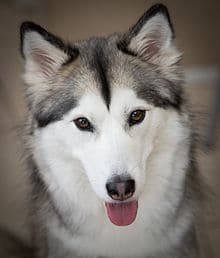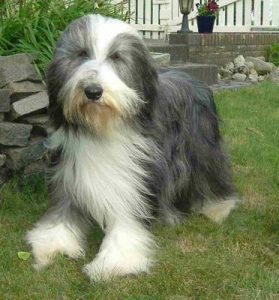Siberian Husky
Siberian Husky Rescue Ontario Rehome Initiative

-
Breed Group : WORKING
-
Origin : SIBERIA/RUSSIA
-
Average Height : 20" - 23"
-
Average Weight : 35 - 60 lbs
-
Life Span : 12 - 15 years
Photo Courtesy info : Siberian Husky Referral of California
-
Size
1 2 3 4 5 6 7 8 9 10 -
Energy
1 2 3 4 5 6 7 8 9 10 -
Intelligence
1 2 3 4 5 6 7 8 9 10 -
Ease of Training
1 2 3 4 5 6 7 8 9 10 -
Hypo-Allergenic
1 2 3 4 5 6 7 8 9 10 -
Shedding
1 2 3 4 5 6 7 8 9 10 -
Good with Kids
1 2 3 4 5 6 7 8 9 10 -
Good with Other Pets
1 2 3 4 5 6 7 8 9 10 -
Guard Dog
1 2 3 4 5 6 7 8 9 10





